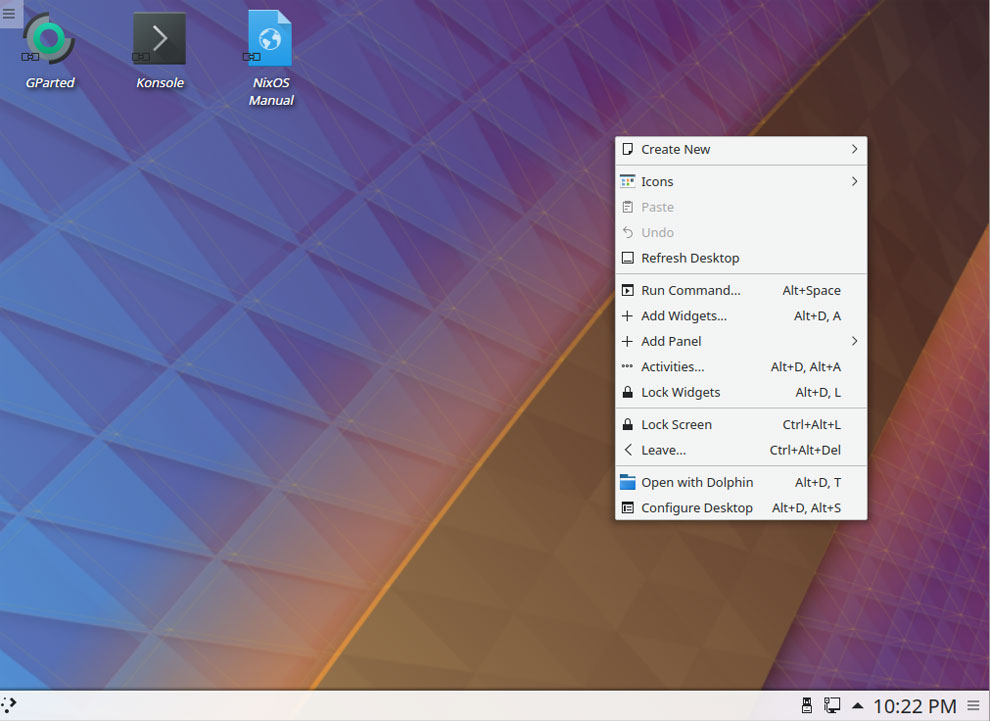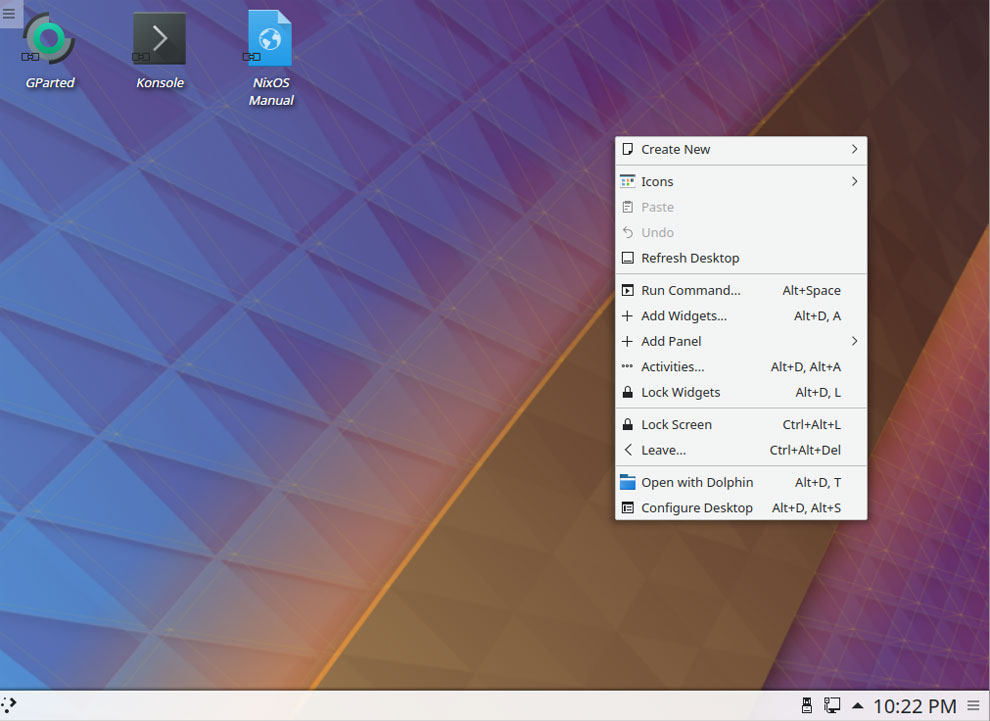
The Vulnerabilities Lurking in Linux: A Deep Dive
In the realm of cybersecurity, the Linux ecosystem faces a new threat - a critical remote code execution vulnerability in Shim. This vulnerability, tracked as CVE-2023-40547, poses a significant risk to Linux systems, potentially leading to complete compromise by malicious actors. Shim, a crucial component used by most Linux distributions during the boot process to support secure boot, is now under scrutiny for its susceptibility to exploitation.
The vulnerability stems from Shim’s HTTP protocol handling, where an out-of-bounds write can be triggered, paving the way for remote code execution. Red Hat has classified this bug as of high severity, emphasizing the urgent need for mitigation measures. The exploitation scenario involves an attacker manipulating HTTP traffic to inject malicious requests, ultimately gaining full control over the system before the kernel even loads.
To address this critical issue, organizations are advised to update Shim to a patched version and refresh the UEFI Secure Boot DBX to ensure the integrity of the boot chain. However, this vulnerability is not an isolated case; recent disclosures have unveiled five other high- and medium-severity vulnerabilities in Shim, highlighting the broader security challenges faced by the Linux community.
The implications of these vulnerabilities extend beyond individual systems, potentially impacting entire networks and organizations. As the cybersecurity landscape evolves, the need for proactive risk management and robust security measures becomes increasingly paramount. Stay informed, stay vigilant, and stay secure.
This article was written based on the latest findings in cybersecurity research and aims to raise awareness about the critical vulnerabilities affecting Linux systems.















